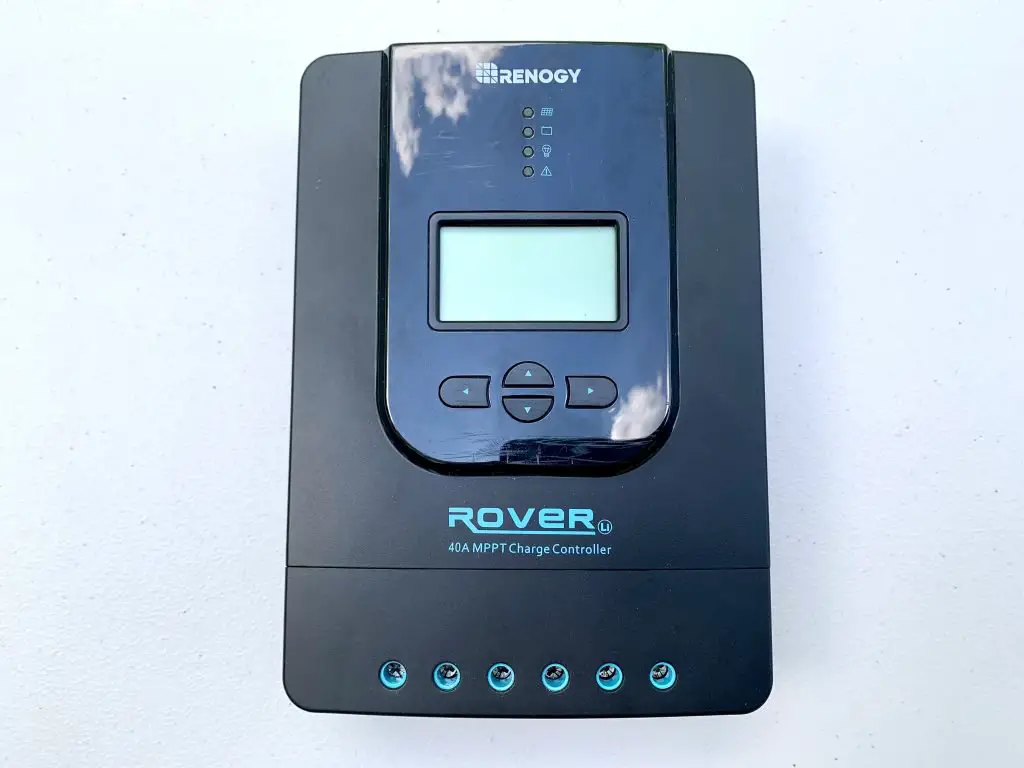Some solar charge controllers have a load output feature that lets you manually or automatically manage power for small devices. This feature provides a specific voltage, usually between 10 to 20 volts, to run small DC devices like lights.
The voltage for these smaller items is much lower than what bigger appliances need, which is around 120V or 240V.
Since the load output voltage changes with the battery voltage, it’s not suitable for appliances with motors or those that draw a lot of power when they start up, as they could break the controller.
These controllers are handy for powering small items without needing expensive electrical changes.
They often have sensing terminals that detect when small devices are on or off, and they turn off the power when it’s not needed.
Solar charge controllers use direct current (DC) and have a DC load output function, often used in street lighting.
The lights can be turned on manually or set to turn on for a specific amount of time.
You can adjust the load output voltage yourself by changing the solar charging current, or the controller can do it based on the battery’s voltage and current use.
To power small devices, the charge controller’s amperage is typically set 25% higher than the solar panel array’s standard current rating.
How to Connect a Load To the Solar Controller?
To connect a load to your solar charge controller, follow these steps carefully:
First, always connect the battery before attaching any loads to the controller to avoid any damage.
Check if your device works with the battery system’s voltage. Connecting a device that’s not compatible can cause damage if the solar controller puts out too much power.
Add up the usual current your load needs and its initial starting current. Use Ohm’s Law to figure out the right operating voltage for each device.
Make sure the load switch on the controller is turned off before you connect the load wires. This will help avoid any accidental damage and ensure that the setup is done safely.








